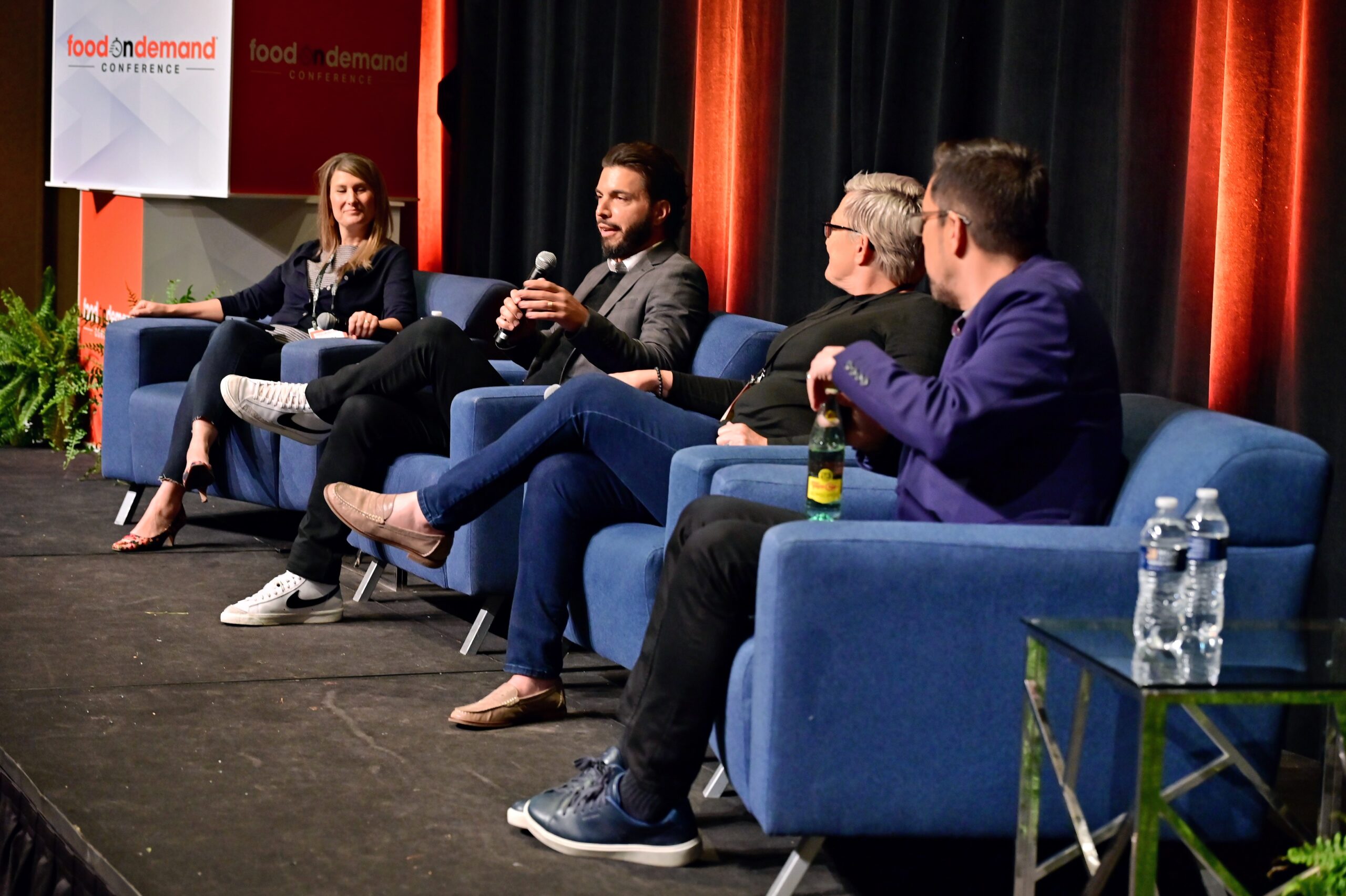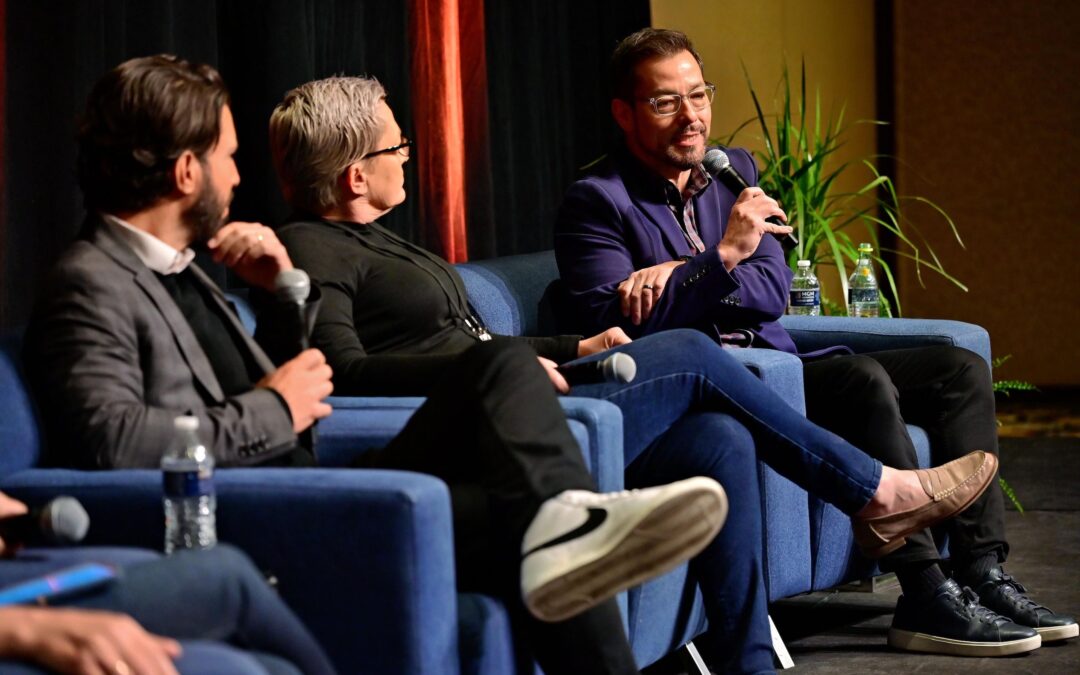There’s no substitute for getting it right. That was the message from franchisors Dave’s Hot Chicken and Dog Haus as executives from each talked about the challenges of achieving profitability with off-premises orders and what they’re doing to make those margins more palatable for franchisees and the brand itself.
Technology vendors, delivery services and marketers will try to dress up their offerings for how to improve the economics of a restaurant’s off-premises business, said Jim Bitticks, president and chief operating officer of Dave’s Hot Chicken, but order accuracy is what really matters. Bitticks called “total B.S.” on the third-party delivery services that say orders through their platforms are more profitable than in-store purchases.
In a panel at the Food On Demand Conference in Las Vegas, moderated by Brita Rosenheim, co-founder and managing partner at Vita Vera Ventures, Bitticks said that doesn’t mean restaurants can’t make money off those orders, but additional packaging costs and the commission rates charged by delivery companies—typically 20 to 30 percent—cut into the profitability pie. Minimizing refund requests is where restaurants have the biggest opportunity to exert control, said Bitticks, which requires getting the food orders right.
“Because otherwise, the whole equation is just less profitable,” he said. Dave’s Hot Chicken, which has about 200 locations and does nearly 40 percent in digital sales, is working through an order accuracy project to improve its off-premises operations. It’s even experimented with artificial intelligence-enabled cameras to catch mistakes, though Bitticks said the technology is not ready for implementation at scale. Layers of checks and a better chit system are more practical steps.
“You have to be able to give the guest exactly what they want,” said Bitticks, who is also a Dave’s franchisee. “Done correctly and fast enough.”

An 85-unit hot dog and burger chain Dog Haus, off-premises sales account for 40 percent of the system’s volume, said CEO Michael Montagano. Like Bitticks, he named order accuracy as crucial to achieving profitability on delivery orders, and just as important is revenue recapture. Working with its tech team and suppliers, he said Dog Haus is voiding 85 percent of refund requests, which typically come via the third-party delivery platforms, and is working to minimize revenue lost to unpaid cancelled orders.
Dog Haus is also focused on improving downtime across its restaurants, said Montagano, or the time delivery is unavailable to customers during business hours. Downtime on the third-party platforms can get triggered for many reasons, such as excessive cancellations and long wait times, or an employee turning the service off when they shouldn’t be. “We need to drive down those error rates,” he said.
Kiosks, meanwhile, are showing promising signs of lifting check sizes but haven’t proved to be the labor-savers either franchisor expected.
“We haven’t seen that at all,” said Bitticks of early kiosk tests in Dave’s restaurants. “We’ve actually seen we have to just redeploy labor.” Sales, however, are getting a boost, with a 5 to 8 percent higher average check on kiosk orders driven by customers’ ability to explore the menu with ease.
Montagano said the kiosk tests for Dog Haus are showing similar results, and the restaurants also offer ordering via QR code, which makes it easier for customers to order that second beer or a basket of tots that they otherwise might not have purchased.
For her part, Devour CEO Shelly Rupel urged the restaurant operators at FODC to look to new audiences as they aim to improve their off-premises programs. Devour, a food ordering and engagement start-up, wants to change the digital dining experience by integrating web3 token-gated ordering, promotions and crypto payments on gaming platforms and apps such as Discord, Telegram and Twitch. It also wants to bring restaurant ordering channels to streaming services such as Netflix and Hulu.


